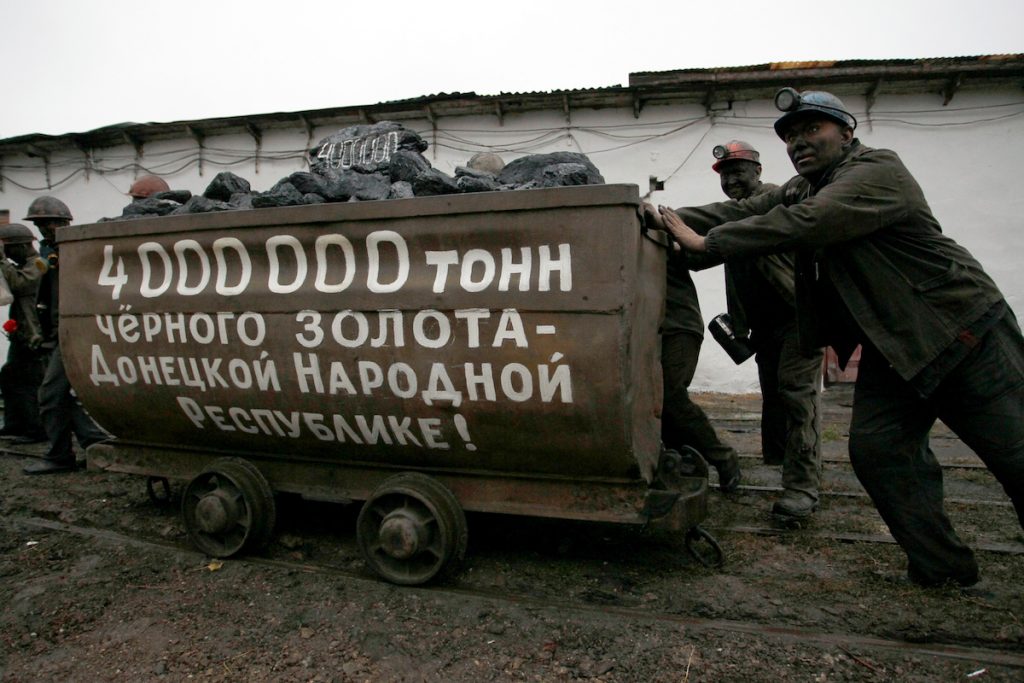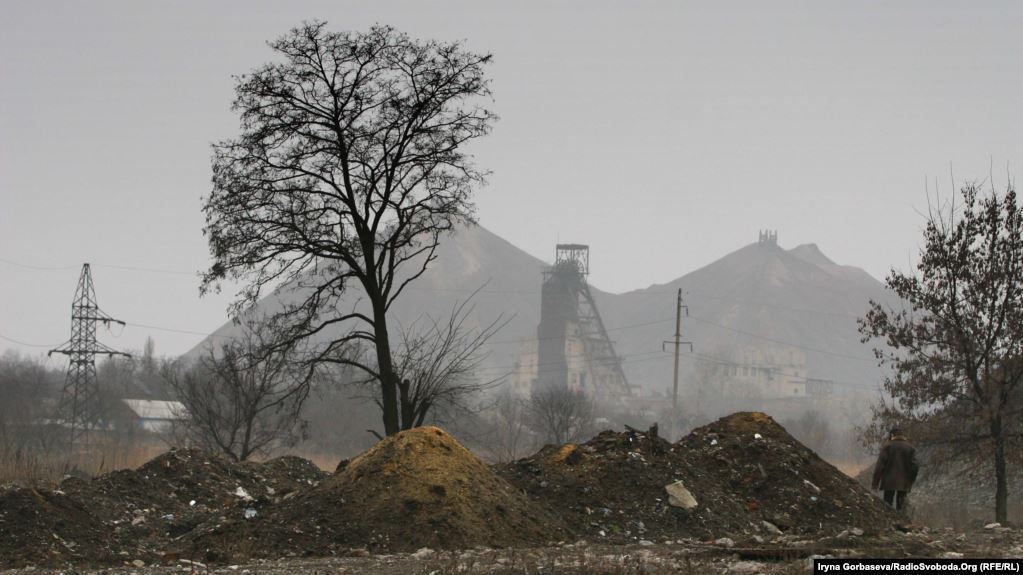Share














Most read

Opinion: 'Russia has far more leverage over Armenia than over Moldova'
Latest news in Georgia, Armenia, Azerbaijan, summary. Live
How Baku explains its opposition to EU–Armenia Strategic Partnership Agenda
Georgia’s neutrality: how new pro-Russian political project is taking shape
Analysis: 'Georgia will profit from transit, Russia will bypass sanctions, while Abkhazia will get only scraps'

'First economic deal since independence': Azerbaijani petrol arrives in Armenia
Georgian parliament speaker: 'Ukraine and EU are losers in this war'
Pashinyan says Armenia may seek alternatives to Georgia for transit with Azerbaijan
European Parliament resolution on Azerbaijan: 'Political prisoners must be released immediately'
US imposes sanctions on Georgian judge, head of ICC appeals chamber













